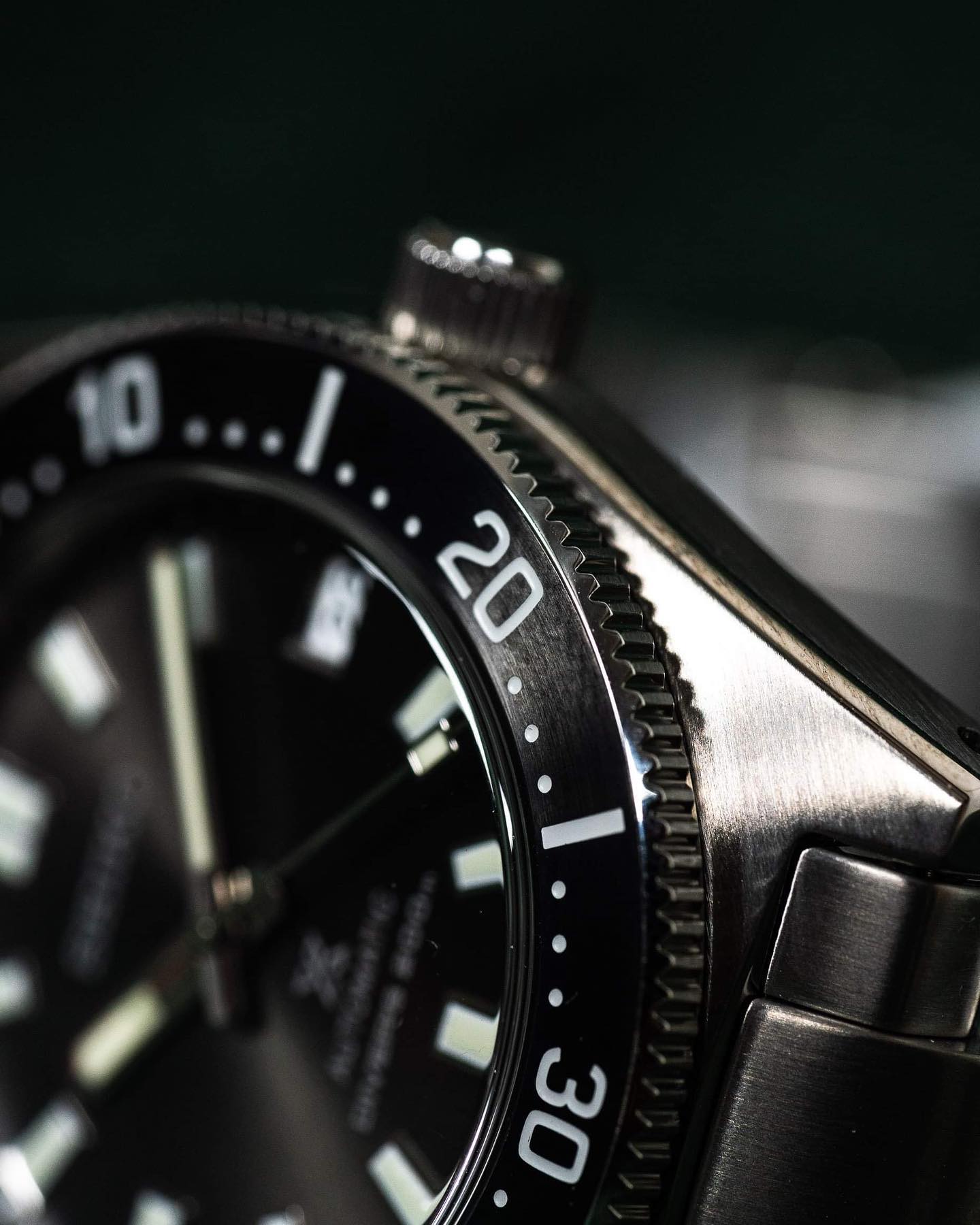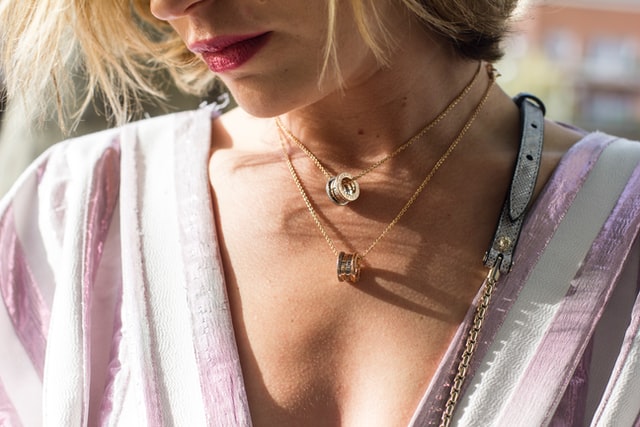introduction
Do you buy merchandise you don’t intend to sell? Of course, not.
You sell every single piece of merchandise that comes into your possession. Would you be content wasting digital marketing dollars instead of driving traffic to your website? SEO for jewlers can help your website work for you. A website is essential for any jeweler or watchmaker. Your business’s website can use posts to draw consistent traffic, thus keeping their web page at the top of search results.
Like PPC ads or social media, any digital marketing plan must consider SEO services.

What is Technical SEO?
SEO (Search Engine Optimization) services boost your business’s web page’s placement on search results. The higher your business lands on Google rankings affects how many customers walk into your storefront.
Technical SEO is even more vital. By speaking a search engine’s language, Technical SEO ensures your website design meets that search engine’s tech requirements for the sake of improving rankings naturally.
Think of a Search Engine like a bouncer at a nightclub. It will look over your jewelry website and judge if it is worthy of letting behind the velvet rope. Technical SEO makes sure your site is technically sound, organized, and well constructed.
Here’s a checklist with SEO for Jewelers and Watchmakers
Those are the basics. Now, we are going to give you the information essential to improving your site’s Technical SEO.
Since this process is technical, it may be worth consulting a web designer or SEO company. If you are a do-it-yourselfer or simply want to verify your web designer is earning his payment. Read on to find out how SEO for jewelers can help your store.
#1 – Keyword Research
SEO begins with keyword research. Focusing on topics that interest customers boosts engagement. Using those keywords in article headings and URL links helps your article gain traction on search engines.
And although keywords seem like silver bullets, they are more like tools. Having a toolbox doesn’t mean the job automatically gets done. You have to use keywords effectively.
To that end, overusing keywords is called keyword stuffing. This practice could push you to the top of search results, but it won’t keep you there.
For one thing, keyword stuffing leans too heavily on certain keywords, leading to content that is tedious to read. Worse yet, Search Engines know when they are being gamed. Keyword Stuffing can get your site penalized. Ironically, using “keyword stuffing” three times within a single paragraph is an example of keyword stuffing.
#2 – Landing Pages
A landing page introduces a customer to your business. Think of your landing page as the entrance to your virtual storefront. You layout your watch / jewelry store in a way that allows the customer to see your merchandise.
When a customer walks through the doors, do you bombard them? No. You show them enough to keep shopping. Keywords speak to search engines. Content speaks to customers. Keep your content relevant to your customers, to get the most out of page SEO.
#3 – Title Tags
Title Tags are to your website what display cases are for your jewelry and watches. Title Tags are HTML elements that display a web page’s title. Here is an example of how they appear: “Primary Keyword – Secondary Keyword | Your Brand Name.” Limiting the characters to 55 is essential. Adding the reference number of a watch can also add an extra boost, as watch aficionados often search by reference.
The more unique your Title Tag, the more effective. In fact, Title Tags are the second most vital on-page SEO factor. Content is first.
Think of it like crafting a princess cut diamond engagement ring. The ring is what matters most for the proposal, but if you don’t give the customer an appealing ring box to reveal the ring, it will lose impact.
#4 – Meta Description
Stay with us as we translate tech jargon into vital information for the jewelry/watch business.
Meta description refers to the words describing the webpage embedded in the document’s code. You know the gobbledygook that comes after .com? The recognizable bits are called metadata.
Search engines read this metadata and use the information to rank your website and display blurbs in search results. Smartly chosen keywords are ideal meta tags. Meta tags include the <title> and <description>.
#5 – URL Structure
Digging even deeper with the jargon, let’s explain the importance of URL structure to your jewelry website. URL may sound nerdy, but in reality, you deal with it whenever you type a website into your browser. URL Structure employs keywords to categorize your business. Here is a sample URL:
https://example.com/jewelryindustry
When Google sees your website, they see more than your storefront. They show the backroom you use for storage. You don’t leave all your unsold merchandise in a massive pile of rings, necklaces, and bracelets because the customer can’t see them. With URL Structure, it’s important to choose unique, effective keywords and to keep them short.
#6 – Keyword Phrases
Keyword Phrases are used to speak your customer’s language. Who are you selling jewelry to? A guy buying an engagement ring or a woman buying her husband a luxury timepiece for their 30th Anniversary? Perhaps, your post uses local SEO to target areas of interest near your business.
Let your expertise guide your content. Smart keywords will attract readers. It is beneficial to have these keywords in mind before you start to write the article so that you may naturally weave them into your articles. “Unique” and “relevant” means carving out your niche in the digital marketplace.
#7 – Image tags
Inserting images into your articles makes them easier to consume. They can be images from your storefront or pulled from other articles.
Like your keyword choices, these images should be persuasive. Next to the images, you will want to write tags assigning keywords to the image title and to fill out the “alt text” areas. Well-chosen images can boost your ranking through image search results. The alt text reinforces your message and makes it more accessible to search engine spiders.
It’s yet another way to optimize your website and drive traffic to your jewelry store.
#8 – Link Building
OK. Now we’re really talking shop. Link building is utilizing hyperlinks from other websites. Links are like railroad tracks connecting your website to the internet’s more established pages. Search engines use links to crawl the web. Backlinks will trace the link back to your website.
Internal links connect two pages within your own website. For example, if you wrote a blogpost about necklaces, you could link to it in the necklace sales page. Link building is a challenging aspect of SEOs, but building high-quality links truly boost your business’s stature online.
#9 – Speed up your Website
People want instant gratification. That can be difficult for craftsmen in the jewelry industry to understand. Rare gems take millions of years to form. Carving and setting stones takes hours. Your website needs to move at the speed of consumer’s short attention spans.
The speed at which your landing pages open affects your Google rankings. You must optimize your website to open pages quickly. Imagine the speed of your website like the hinges on your front door. If the hinges are rusted shut, it’s harder for customers to get inside. The faster your website, the more engaging the experience for the user. Engaging users translates into customers.

 Norsk
Norsk Dansk
Dansk Svenska
Svenska




